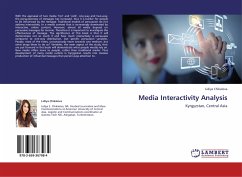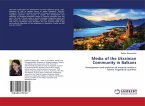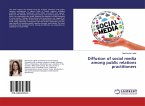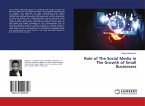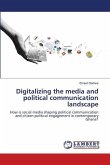With the appraisal of two media ¿hot¿ and ¿cold¿, one-way and two-way, the persuasiveness of messages has increased, thus it is harder for people to be influenced by the message. Traditional models of persuasion do not address interactivity. In a media context that is increasingly dominated by interactive, online content. However, almost all media depend on persuasive messages for income. Therefore it is important to investigate the effectiveness of message. The significance of this book is that it will demonstrate not so much if and how much interactivity is persuasive compared to one-way distribution, but specific persuasion variables. People, most of the times, unconsciously move towards one medium, but what drags them to do so? Variables, the main aspect of the study, that are put forward in this book will demonstrate what people mostly rely on. New media offers more to people, rather than traditional media. Thus development of many media outlets in Kyrgyzstan results into massive production of influential messages that person pays attention to.
Hinweis: Dieser Artikel kann nur an eine deutsche Lieferadresse ausgeliefert werden.
Hinweis: Dieser Artikel kann nur an eine deutsche Lieferadresse ausgeliefert werden.

